Visit: 20th July 2015
I must preface this post with the fact that this WHS consists – quite absurdly – of two separate towns: one in Slovenia and one in Spain. Idrija is the Slovenian one, and it is there that Natalie and I visited the day after seeing Slovenia’s only other WHS, Škocjan Caves.
We did not overnight in Slovenia, but in fact returned to Trieste for the evening before heading back across the border toward the town of Idrija, tucked away in the rugged and undulating Slovenian countryside. Since we were travelling on their motorway network we were obliged to purchase a €35 permit, which seems unfair given that we don’t levy charges on Slovenians to drive in the UK. An hour’s drive found us snaking along a road following the bends in the Idrijca River, eventually arriving in Idrija a couple of hours early for the 3pm mine tour.
So what’s all this mercury business in the title? When I first read it I assumed it had something to do with a historical worship of the Roman messenger god, but it turned out to be the liquid-at-room temperature metal, Hg. For hundreds of years the two towns in the title dominated the global mercury market, since they were the major sources of the element. It served several purposes, but one of the major ones was amalgamation – a process by which liquid mercury is poured onto an area of recently mined specks of gold, creating a lump of amalgam (gold and mercury). The processor would then simply heat the lump elsewhere and watch the mercury drain away to leave pure gold — or something like that.
The demand for mercury boomed when the Spanish conquistadors struck gold and silver in South America and there was a mining frenzy. Later in history the price of mercury came to be determined more by demand for its use in weaponry. Our guide told us several times that during the Vietnam War in the ’60s the price of a canister of mercury was equivalent to that of a car, whereas in the ’80s – when the mine at Idrija was finally closed – it was as low as US$66.
The mine we visited is known as the Anthony Shaft and does a couple of tours a day. It was not busy; we went around it in a group of four, including ourselves. The guide took us along some tunnels and then down a load of stairs to some lower level tunnels. Like in the caves the day before, the temperature was a cool 12°C, giving us a respite from the stifling Slovenian summer. We stopped every now and then along the tunnels to see an exhibit of how they mined the mercury back when the site was operational. One notable sight was a small miners’ chapel, carved into the rock.
Aside from having a beer and going into a Slovenian Aldi (branded as “Hofer” over there), the only other thing we did in Idrija was to visit the Gewerkenegg castle, below. It contained exhibits on the town’s history and on the process of mercury mining. A small highlight is a bowl of liquid mercury.
Since mining finished in the town it has not gone the way of the former coal mining towns of Wales and northern England. Jobs have been created in manufacturing, since an electronics company moved into the town to capitalise on the supply of labour. This means Idrija does not have a run-down feel to it, which is nice to see in a post-industrial World Heritage Site town.
Many of the residents suffer from diseases related to mercury exposure, typically from either working down the mines or from improperly-treated run-off. This is the sad side of the poisonous metal’s legacy – indeed it was not until the mine’s final decade of operations that full-face respirators were provided to the miners.
Most of the world’s mercury today comes from Asian mines in such countries as China and Kyrgyzstan. Whether they one day get added to this transnational World Heritage Site remains to be seen, but until then I still have Almadén to visit before I can properly ‘tick this one off’.
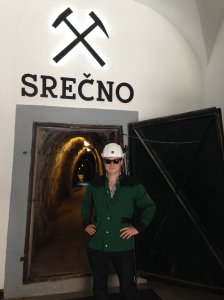
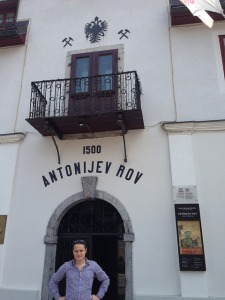
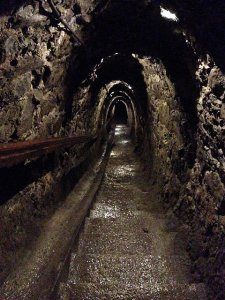
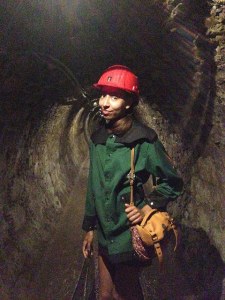
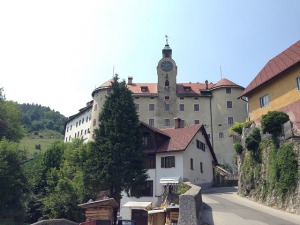
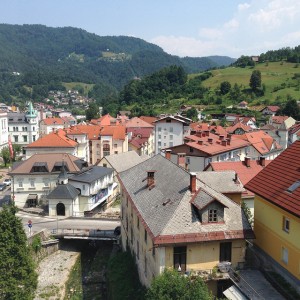
Pingback: • Longobards in Italy. Places of the Power (568-774 A.D.) | Tom's World Heritage Site travel blog
Pingback: • Castel del Monte | Tom's World Heritage Site travel blog
Pingback: • Venice and its Lagoon | Tom's World Heritage Site travel blog